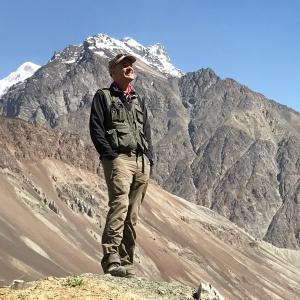A Short Walk in the Ethiopian Highlands
One of the great things to do in any destination is get off the beaten path, which usually means leaving the popular towns where many famous sites are located, to head into the countryside. The Tesfa community trek offers just that.
We left Lalibela at nine in the morning and two hours later reached the small town of Maket. Here we met our donkey handler, loaded up his beast of burden and started our two-day hike. Cutting a trail down a pretty avenue of eucalyptus, we passed small communities. Beyond the path, people were working in the fields. Using cattle to thresh the recently harvested wheat and teff – a high-altitude grain from which the infamous injera is made – in a process known as winnowing, they then separate the grain from the chaff by flipping the straw into the air with a wooden paddle and letting the breeze carry the lighter chaff away.
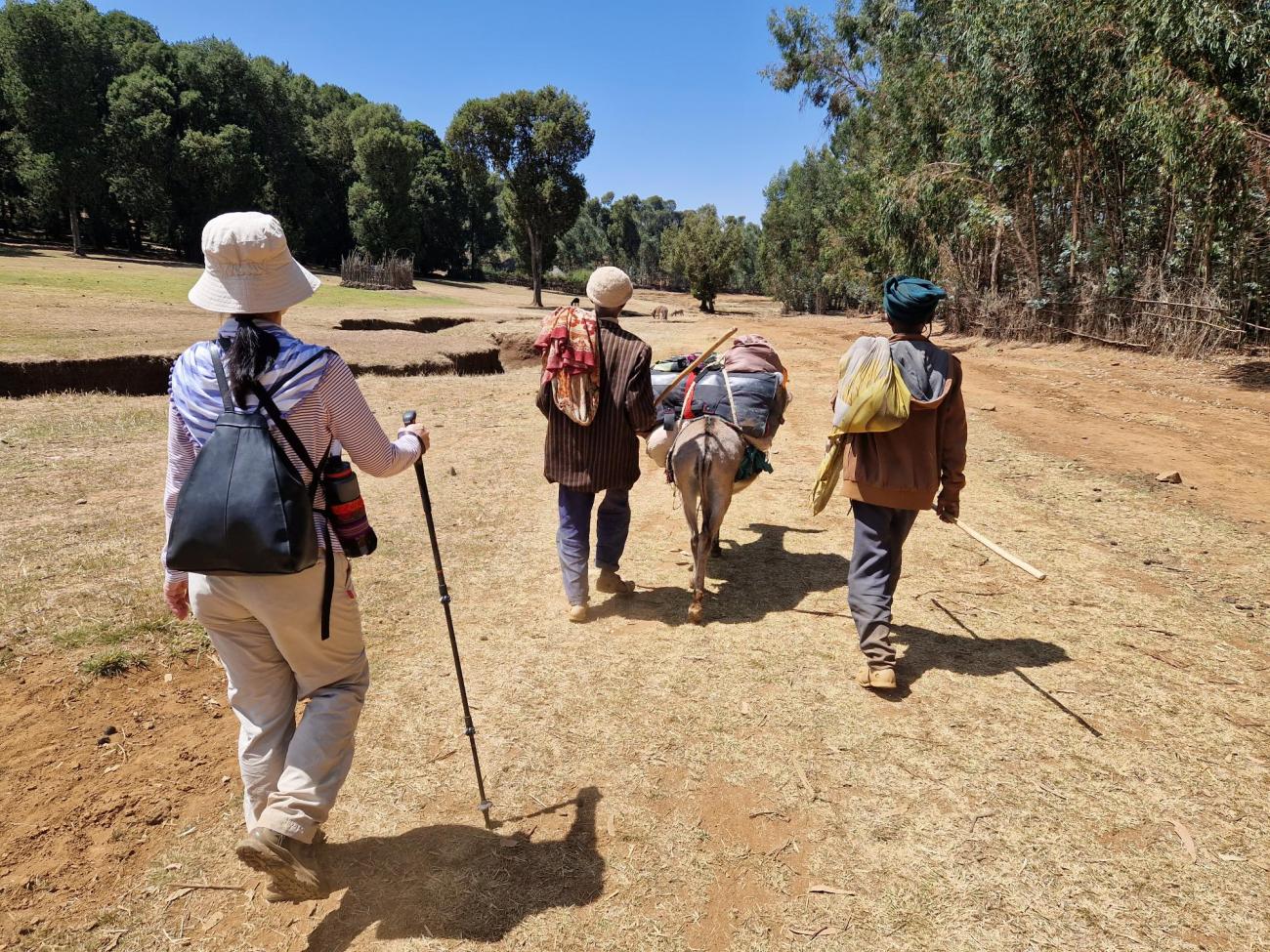
We passed people taking their goats and sheep to market, and a man riding a small horse. We had lunch cooked by a local family and in the afternoon walked on to our lodgings, along the most stunning escarpment where falcons, kites and vultures soared. Situated right on the edge of the ridge, some five hundred metres above the valley floor, was Maquat Maryan camp. Consisting of three sleeping huts, a dining hut, and a loo with the best view in Africa – all made in the traditional tukal style – the place is simple but the location is magical. We sat on the ridge, drank a cool beer and watched the sunset.
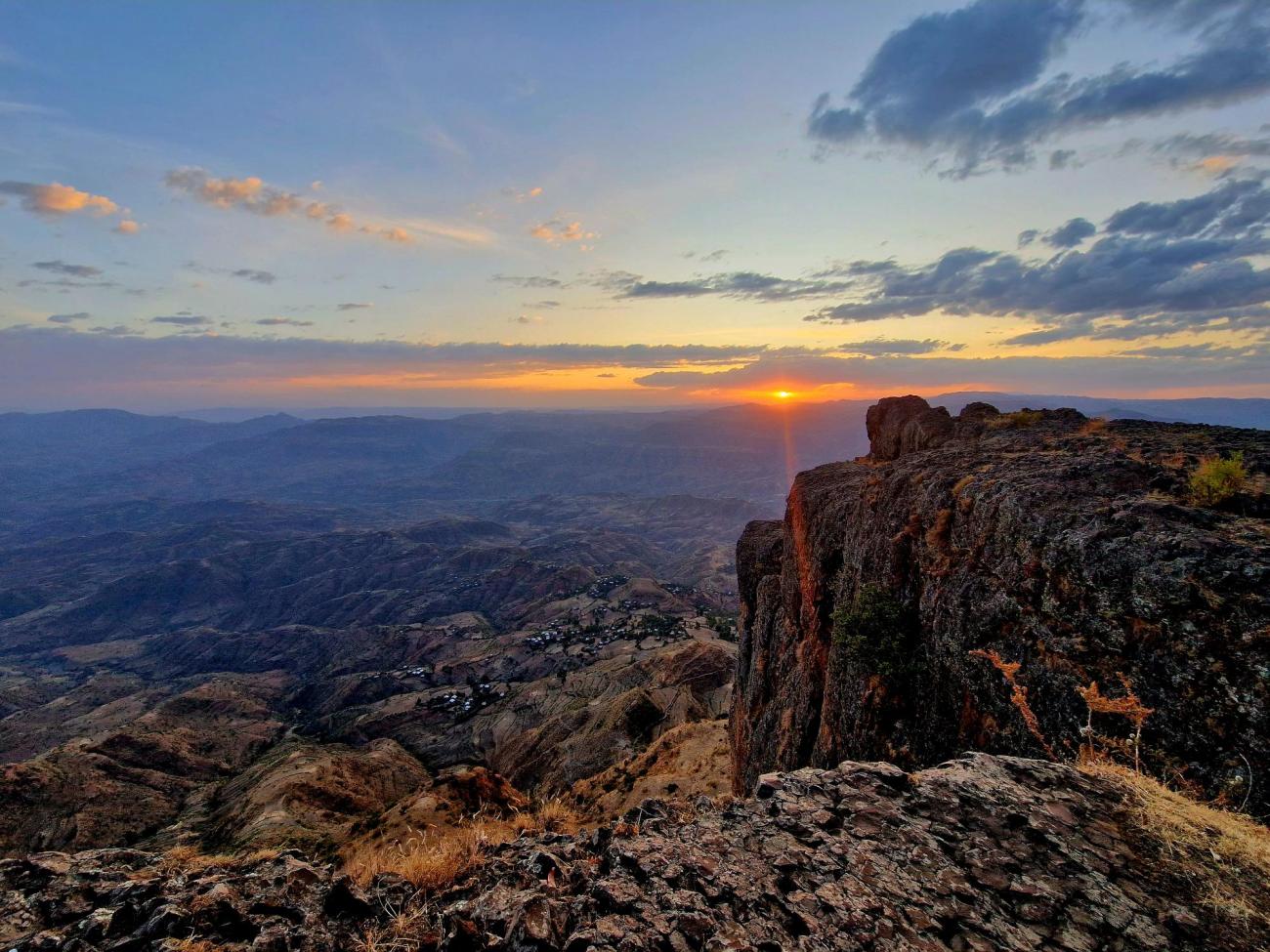
Set up by former WF tour leader, Mark Chapman, the Tesfa community trekking project is a wonderful initiative. With 11 camps, located over three trekking trails in Ethiopia’s spectacular northern highlands, the project offers both an incredible experience for the traveller and the chance for remote communities to benefit from tourism. With 60% of the proceeds going directly to the villagers that look after you – the other 40% is used for marketing and payment for English-speaking guides and general running costs – it represents the very best in community tourism development.
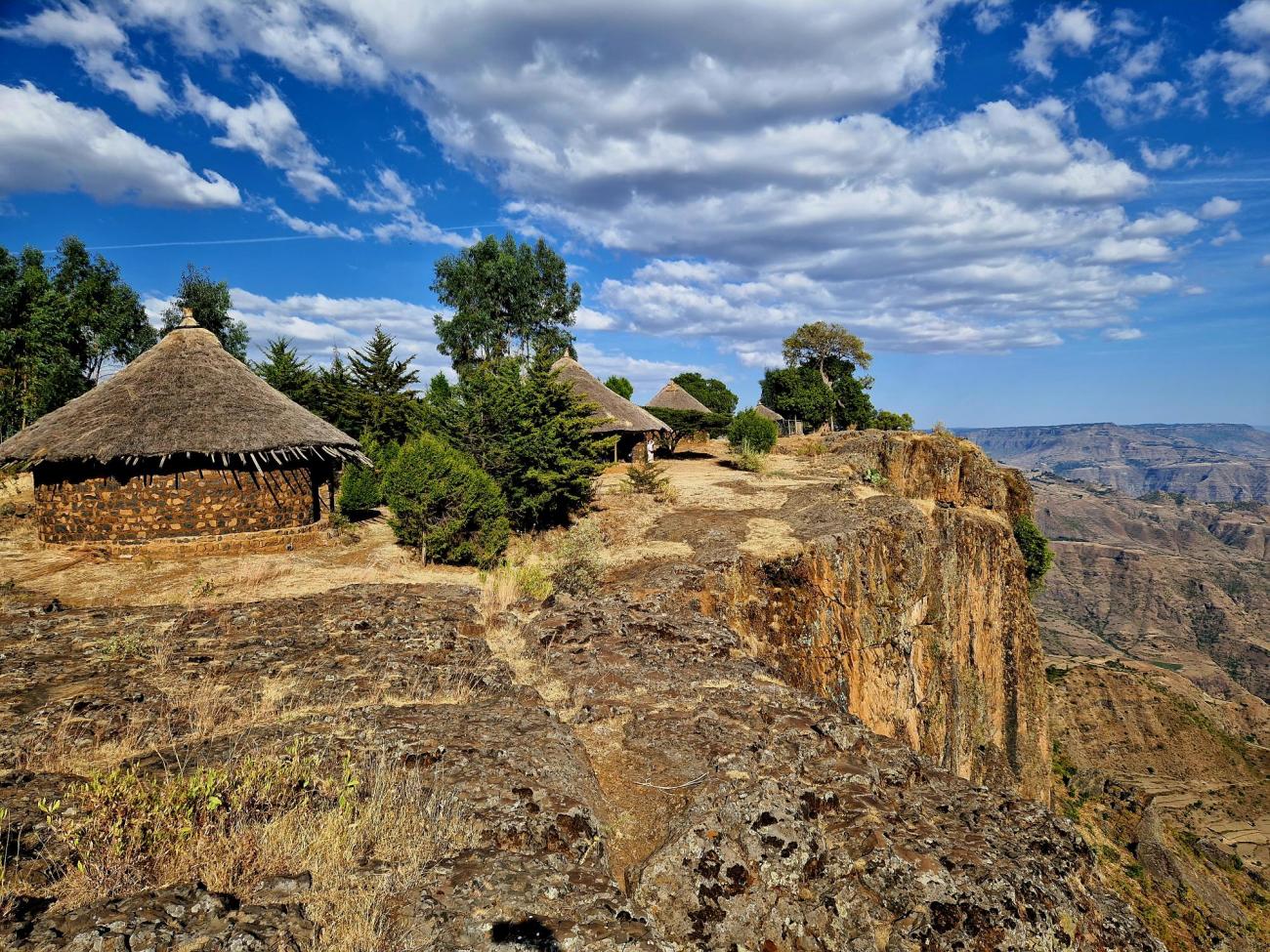
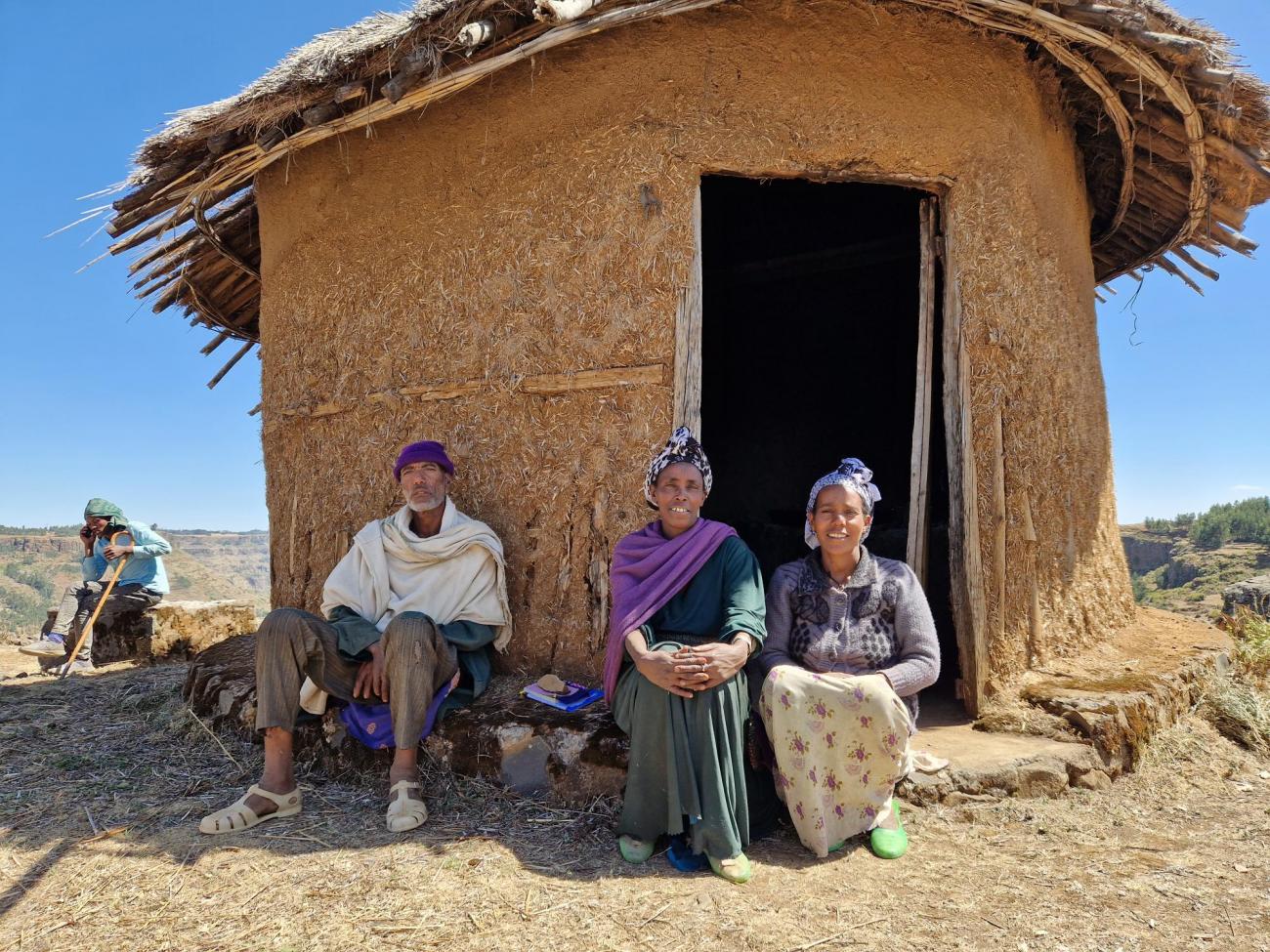
The following day we walked a further seven hours to another equally spectacular camp where we stayed the night before driving on to our final destination, Bahir Dar. Here we took a small boat across Lake Tana, close to the source of the Blue Nile, to the Zagwe Peninsular where we visited 16th century Bet Azwa Maryan church, famous for its incredible religious frescos. And now I am sitting on a plane heading back to Addis before flying on to Tanzania tomorrow.
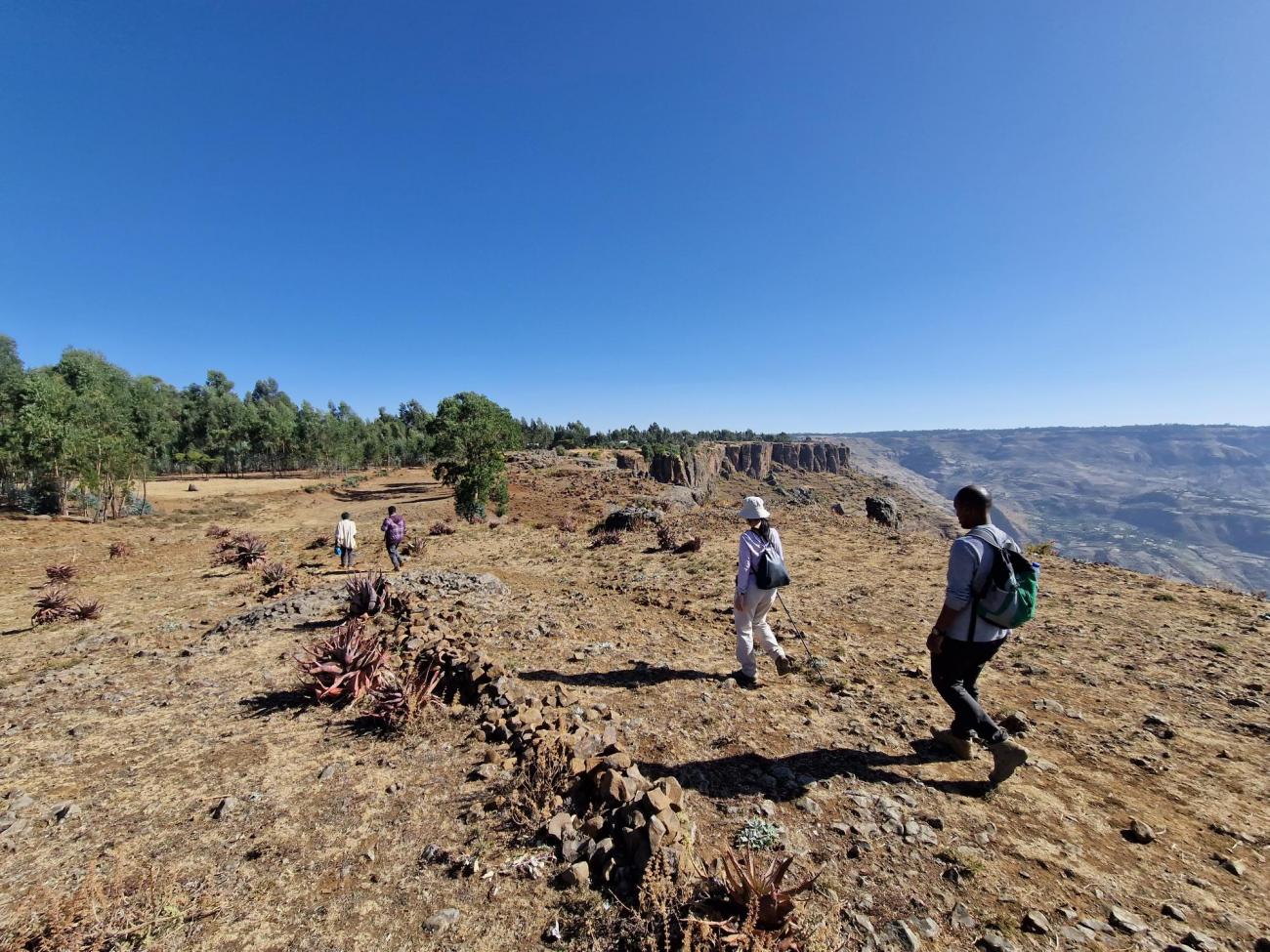
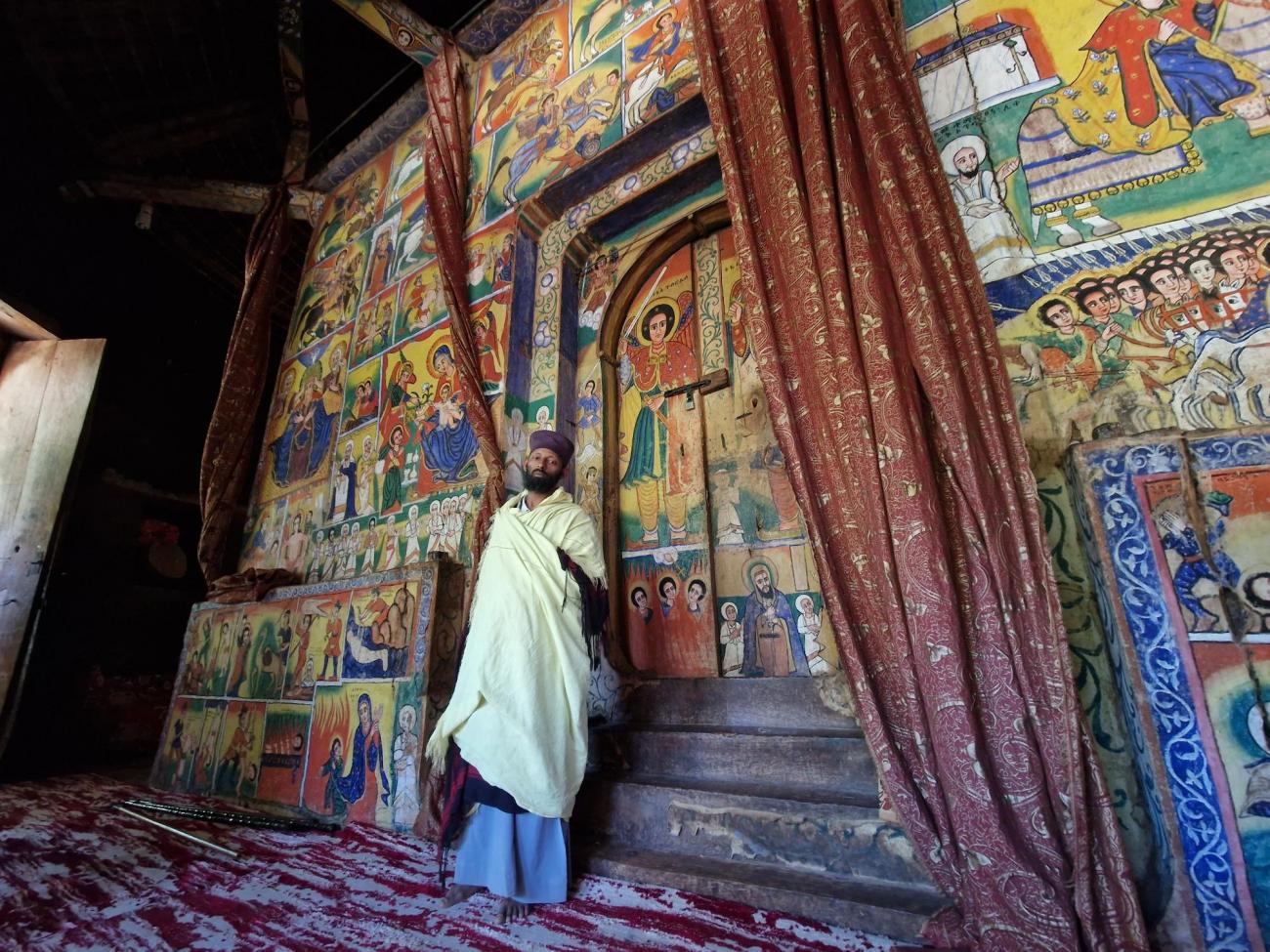
Over the last 10 days, we have travelled across much of northern Ethiopia. As previously reported, from a security point of view I see no issues now with visiting this most beguiling country. The peace deal with the TPLF and the central government was signed in November, the UK’s FCDO lifted its advice against travel to most of the country shortly afterwards and things do seem to be getting back to normal. So, besides a few minor teething issues – internal flight schedules, hotel service levels, binoculars being banned – Ethiopia is good to go.
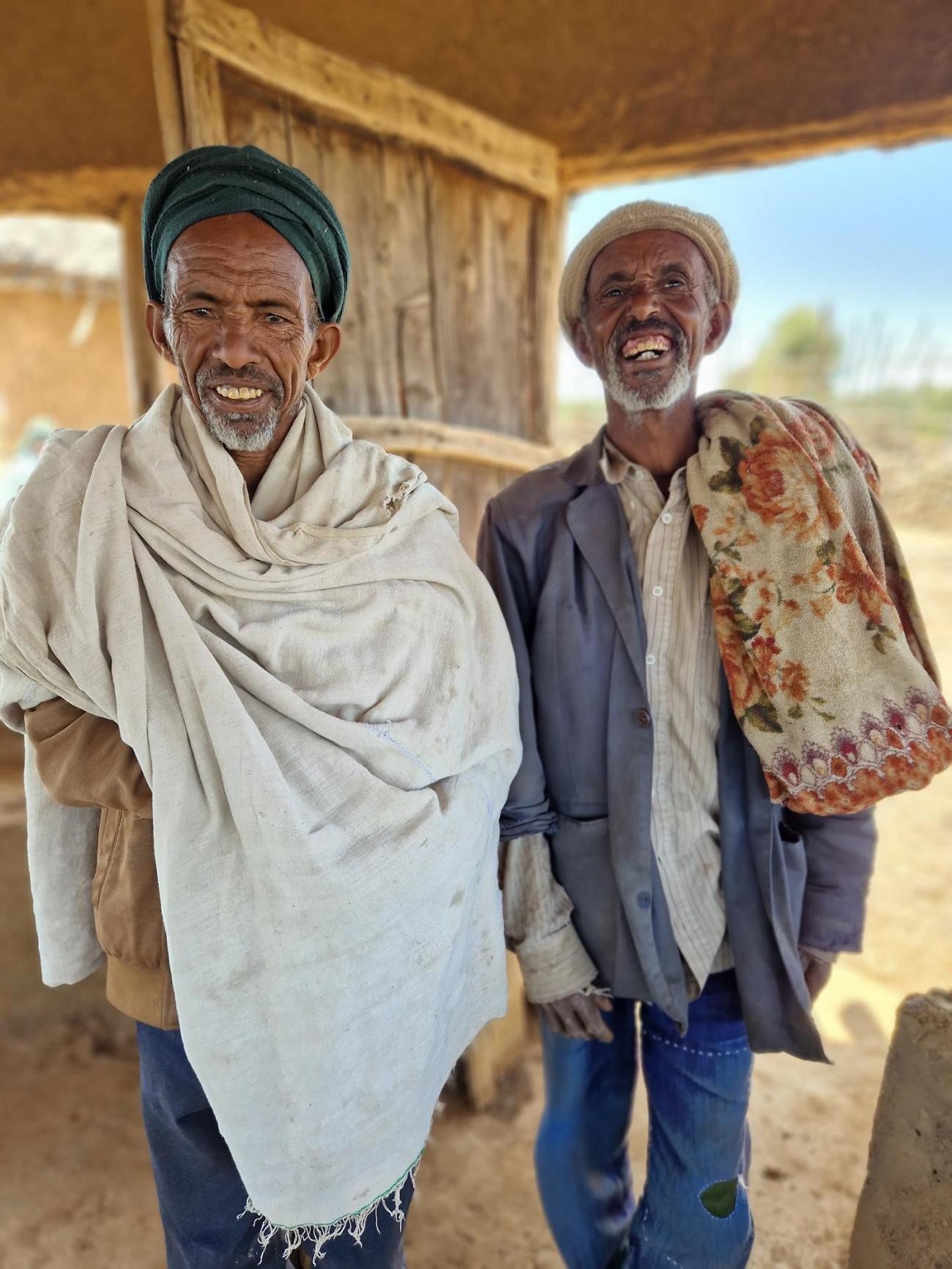
Furthermore, with its fascinating and tangible history, its rich and diverse cultures, its jaw-dropping scenery and its hugely friendly inhabitants, I see no reason why Ethiopia shouldn’t very quickly regain its rightful place as one of the continent’s most rewarding travel destinations.
